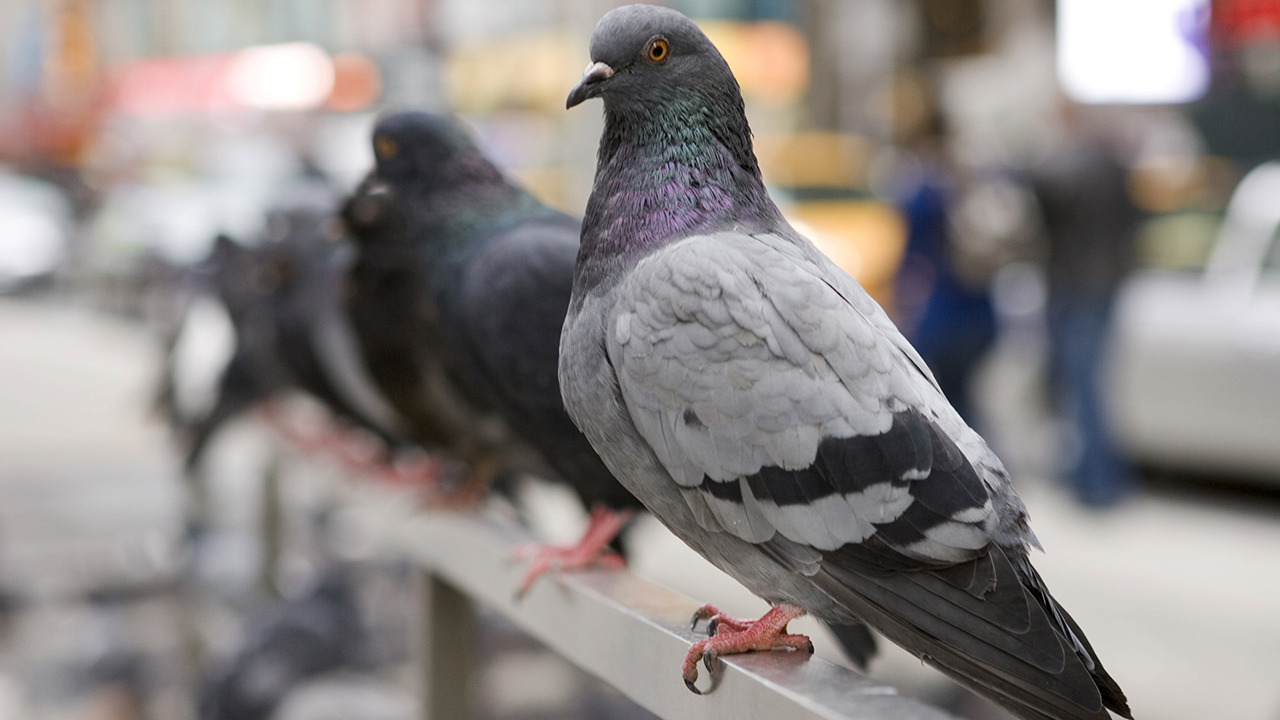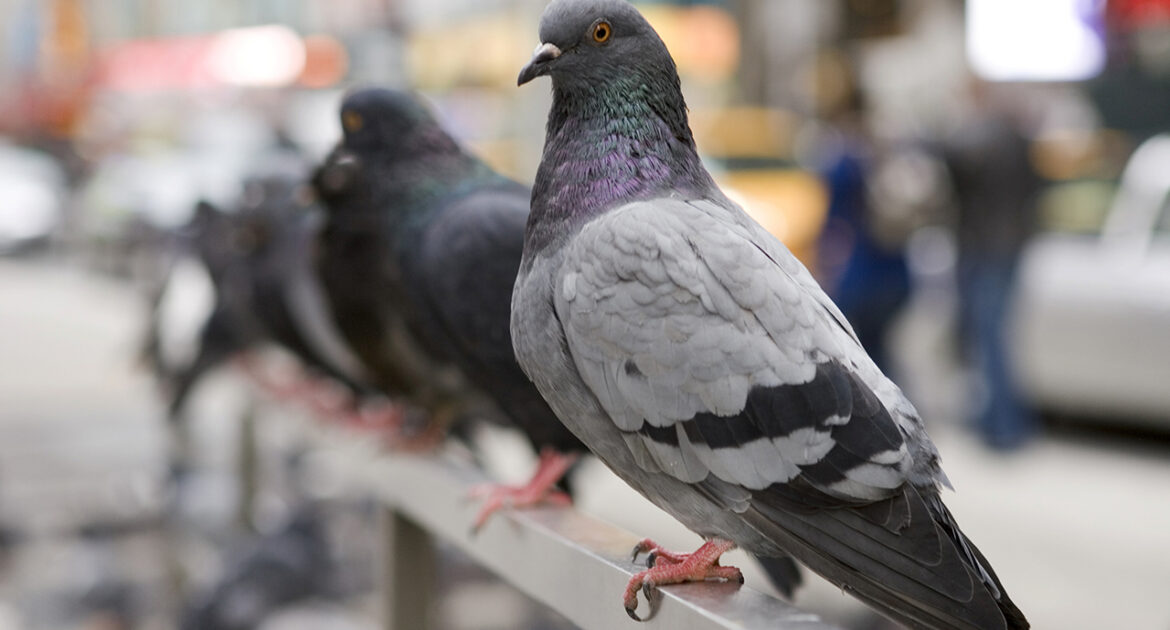How much thought do you give to birds that soar above your neighbourhood or waddle through parks and wade through ponds? Most people admire their beauty and appreciate their songs but know little about the magnificent flying wildlife, especially when it comes to their feathers and how they keep warm in the winter. While feathers might seem like an odd evolutionary characteristic, ask an expert on bird control in Pickering, and they will tell you feathers serve a purpose and provide survival advantages, especially in the cold of winter.
Understanding the Purpose of Feathers
Feathers can create bright, intricate patterns on a bird that contribute to its overall beauty. Still, the primary purpose of feathers is protective and mechanical. For birds of flight, the shape, size, and layout of feathers allow them to fly. Additionally, the way the feathers lay against the body during flight protects the animal from harsh winds.
While feathers play an integral role in flight, they also play a role in mating. Peacocks have one of the most vibrant displays of all bird species, resulting from the intricate, colourful tail feathers.
Learning the Advantages of Feathers
While the primary benefit of feathers for most birds is the advantage of flight, not all birds can fly. Feathers also allow for temperature control and camouflage. Ultimately, the placement and colouring of specific feathers can allow a bird to blend into its background or surroundings. For instance, the feathers of the nightjar, a nocturnal or crepuscular bird, are varying shades of brown, allowing it to blend in amongst dead leaves and branches.
Acknowledging Feather Construction
Like fingernails, keratin is the primary component of feathers. A hollow, center shaft or vane makes up the foundation of each feather. Side branches protrude from the vane, interconnected by smaller branches and barbules or hooks. The base of the central shaft, the quill, is bare and connects to a muscle, meaning birds can manipulate or move each feather. Because of the wear and tear of feathers throughout the year, birds undergo annual molting to replace them.
Understanding How Feathers Protect and Keep Warm
As warm-blooded animals, birds must maintain a body temperature of around 40° C. To look at a bird, you might wonder how that is possible with no fur and seemingly exposed areas of the body. However, birds have soft, tiny feathers called down under the body and contour feathers. Down is the material that makes up many quilts, which keep people warm in the winter. The material does the same for the birds as it lays against the skin.
Additionally, you may have noticed some stocky-looking birds in your yard. The birds are not chubby. They are puffed up, allowing their feathers to trap a layer of warm air close to the body.
Learning About Humane Bird Removal
While birds are unique and beautiful creatures, they can unwittingly become a nuisance, especially when they decide to nest on, in, or around your home. Because birds can fly, it is extremely difficult to manage them. It would be best if you did not attempt to catch, touch, or remove birds on your own. If you need a nest removed, you should contact a professional and humane wildlife control service. Always remember that birds and other wildlife are not trying to destroy or damage your property; they are only trying to survive.
Acknowledging It’s a Professional’s Job
Wildlife control and removal is not a DIY project. Most people who attempt DIY methods get hurt, injure the animal, or make the situation much worse. Wildlife specialists understand animals and how to use equipment and knowledge efficiently to remove and resolve your problems.
Do you have too many birds causing trouble around your property? If so, contact Skedaddle Humane Wildlife Control and schedule a property assessment.




